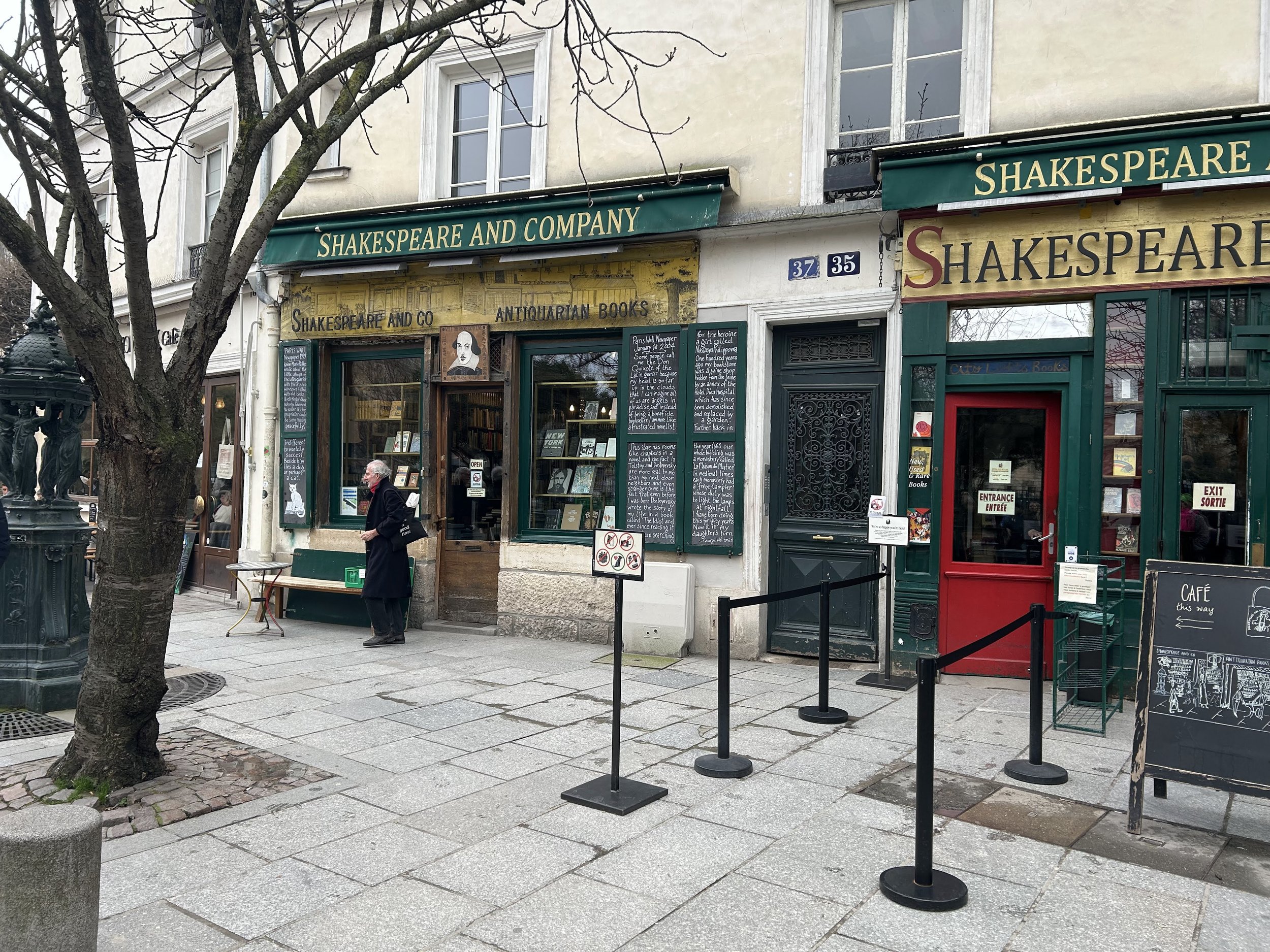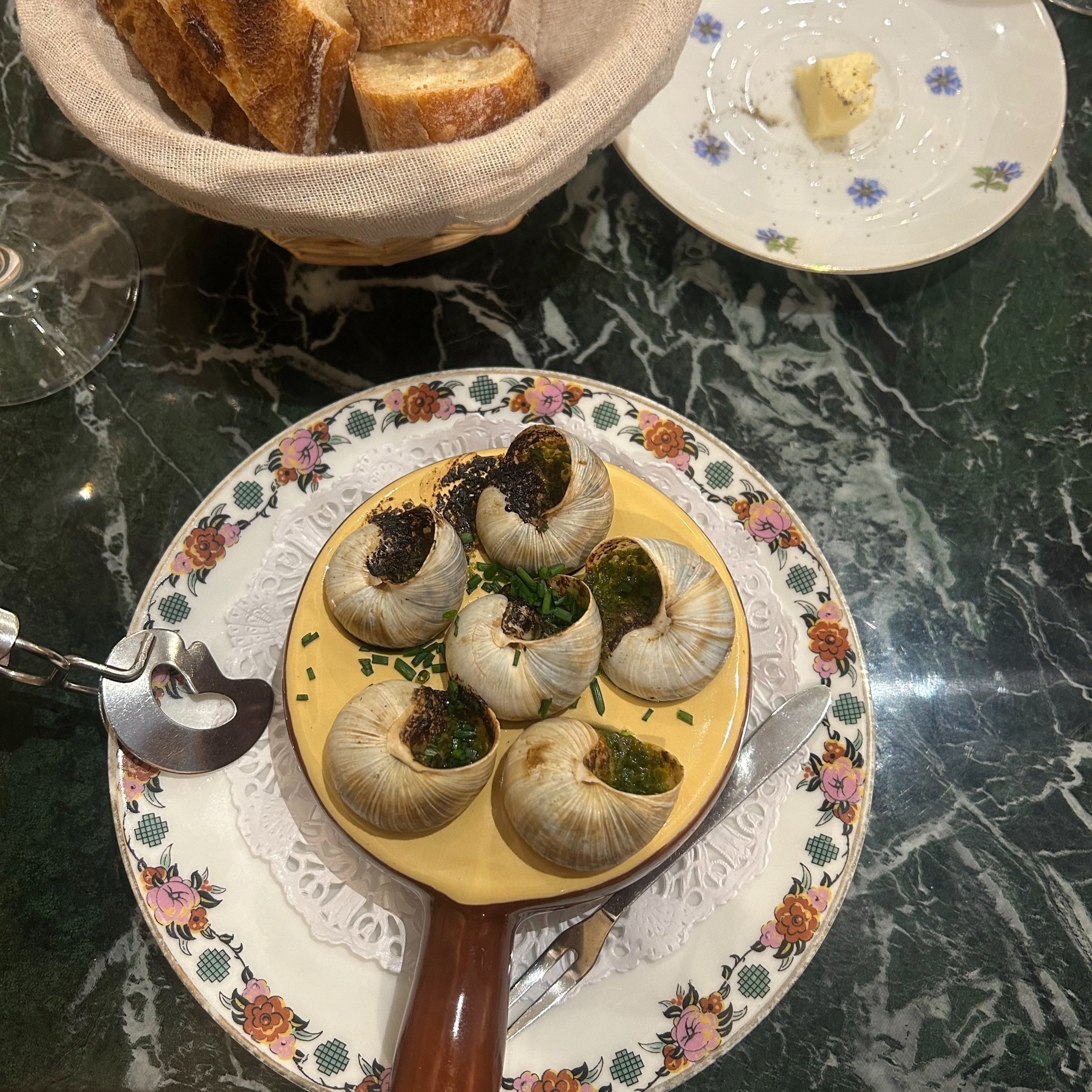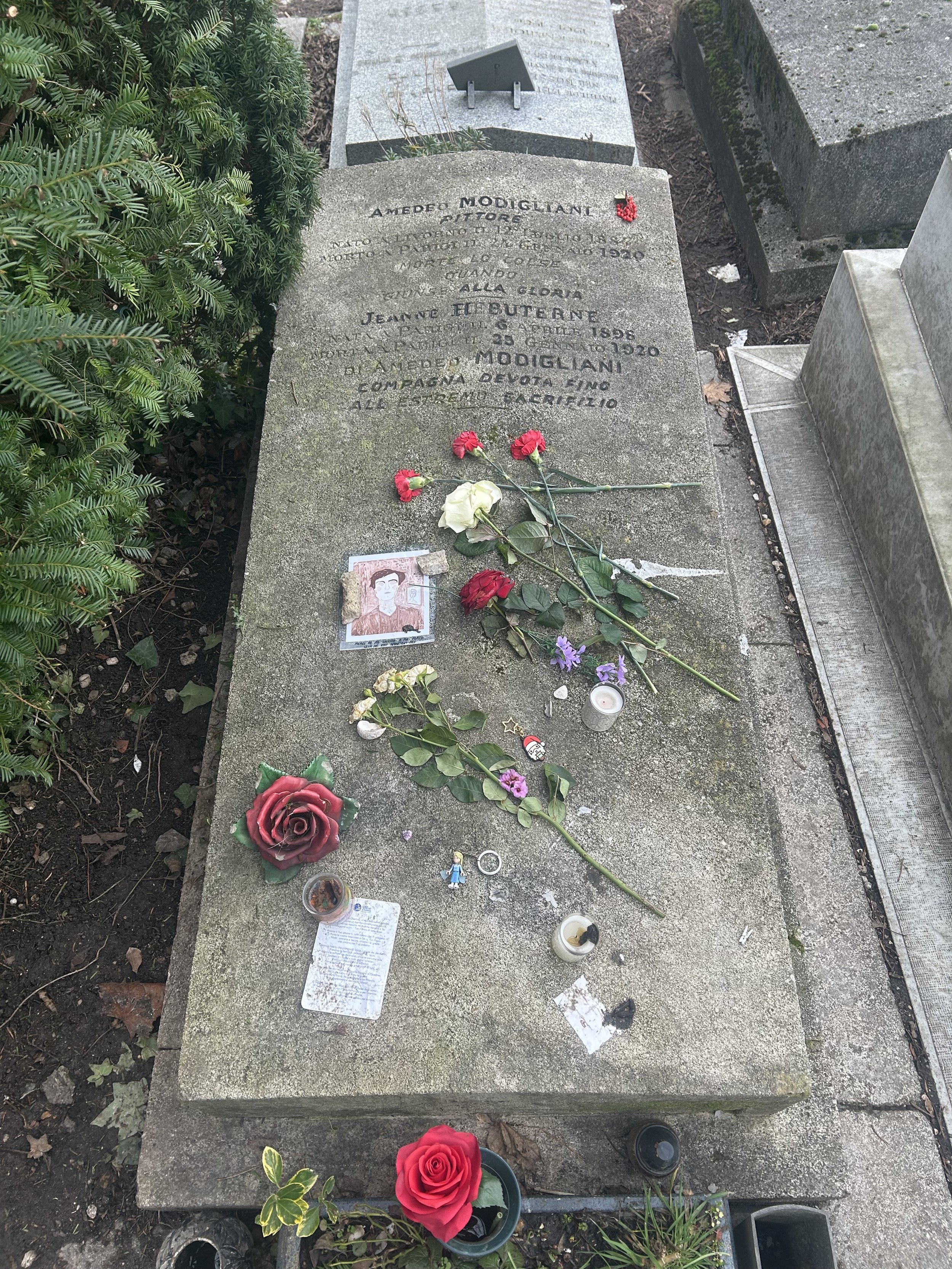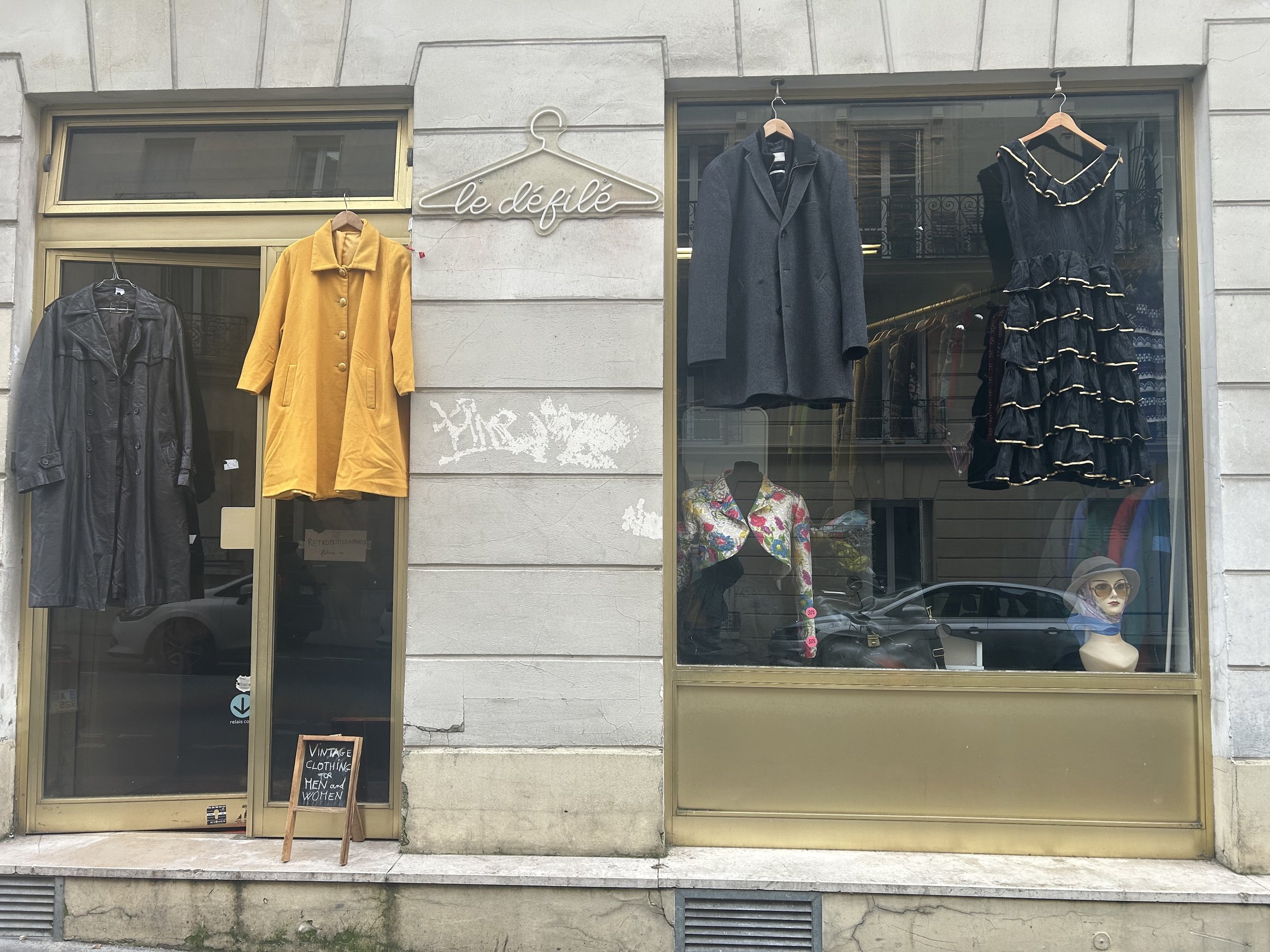I loved our apartment in Paris, even if it meant lugging my suitcase up and down five flights of narrowly spiraling stairs that still make me dizzy just thinking about them.
And even if the bathroom door didn’t close all the way, so everything you did in there was audible (and in some cases visible) to your flatmate sitting on the couch in the living room.
Even if there was no TV to ease the tension between weary travel companions.
It was still charming as all get-out.
The bedroom and bathroom windows opened into an internal courtyard with neighbors’ windows all around. One could imagine an earlier time in history when there might have been lines of laundry strung between them.


It was a great location in Montmartre right across from a park commemorating children of World War II.
I could tell it was a sad park from the plaque at the entry — which was written in French so I couldn’t understand its full meaning, but I gathered the gist from the words “nazi” and “les camps d’extermination.”
Even in the February cold, the park was filled with children laughing and playing, which makes me think it is a successful memorial to the suffering of those who came before. What better way to heal than for the children of today to fill that space with their own voices?
On the last day in Paris we made the hike up many, many stairs and the serpentine curves of Rue Lamarck to the the Sacré-Cœur basilica on the top of the hill.
We queued up and marched past the throngs of Saturday morning sightseers with their backs to the church, snapping pictures of the view.
We endured the elbows and invasions of personal space, the huffing and puffing and irritation of being this close to so many other humans in line, passing the busker on the stairs out front leading a sing-along to brighten the mood.
Once inside though, silence is required, and welcomed. It feels like stepping inside a geode: Outside, the gritty world looks like any old rock. But inside it is glittering and sparkling with brilliant light and secrets of the soul.


Parisians really know their way around a scarf.
Winding one’s way through the streets of Montmartre, it’s apparent that Parisians really know their way around a scarf.
The younger and chic-er the person, the bigger the scarf — and usually the scanter the pants.
The older French ladies wear their scarves more for fashion than warmth. Theirs are loose neckties that coordinate outfits, rather than the voluminous fabric clouds that threaten to devour the young.
After Sacré-Cœur, we were passing a small vintage shop when I felt the draw to go in. Hari and I parted ways and agreed to meet later at the apartment.
Not speaking French and walking into a hip-looking little boutique, I feared the worst when I offered a timid, “Bonjour!”
A petite young woman with an auburn ponytail and dark-rimmed glasses emerged from the back.
“Bonjour! Blah blah blah blah blah blah . . .”
I braced myself: “I’m so sorry. I don’t speak French.”
Her shoulders dropped away from her ears in relief. “Oh good,” she said, “I don’t speak it much either . . . I just moved here a month ago from Italy.”
I told her I had a little black dress to wear that night, but that maybe I needed something to go over it.
Every inch of the tiny shop was covered in racks of clothing, like someone’s overflowing closet. Normally I’m not too keen on having someone help me shop, but I felt emboldened. I’d taken the risk to walk into this place, so I must be here for a reason.
I don’t know what got into me, but before I knew it I was stripping down to my tank top and the shop attendant was handing me various jackets to try on. I gave her feedback on what I liked and what I didn’t, until she handed me a long black tailored coat. The young woman helped me roll up the sleeves. My hair did this kind of swoopy thing to the side like a wave. There was no other word for it: I looked cool.
At first when I asked if she had any scarves, she brought me silky patterned ones like my Gramma Maxwell used to wear. I was thinking of something cozier — “for the cold,” I said.
She brought me a black-white-and-gray checked scarf that would do the trick. “This is how Parisians wear it,” she offered as she showed me how to wrap it around my neck.
In the end I got the coat, scarf and a belt for only 40 euros.
The boutique only took cash so I had to run across the street to the ATM. When I returned, the little shop was full of people and the attendant was chatting with a woman in French.
I took my new clothes and smiled my biggest smile, “Merci, merci,” I said, and then, I don’t know where it came from, but I added, “Grazie.”
The shop attendant smiled. “Grazie,” she said.
And the French woman laughed.
On our last night in Paris, I found myself talking to a French photographer who had spent some time in the States.
“Is there anything you miss about the States?” I asked.
“No,” he said.
“So, is there anywhere else you would like to travel?” I asked.
“No,” he replied, as if repulsed by the implication: “Paris is the only place there is.”




























